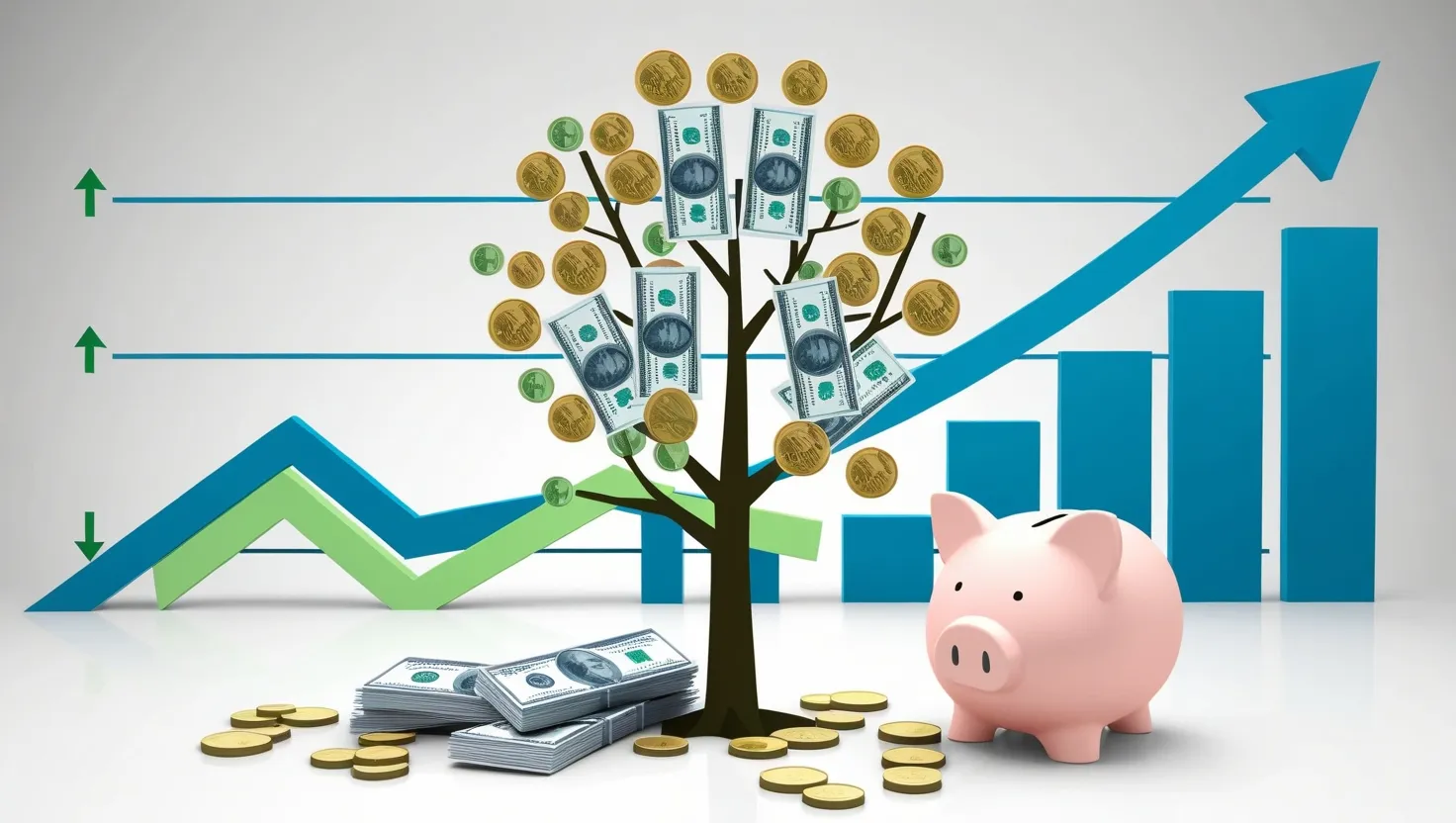Imagine walking through a grand, mental palace, each room and corridor filled with vivid images and associations that represent complex financial data. This is not just a fantasy; it’s a powerful technique known as the memory palace, or method of loci, which can revolutionize how you analyze and remember financial information.
To start, you need to visualize a familiar place, like your childhood home or your current apartment. This space will serve as your memory palace. The key is to associate different rooms or areas with specific types of financial data. For instance, you might designate the living room as the space for stock market analysis. Here, you could imagine a large TV screen displaying stock prices, with each stock represented by a unique character or object.
Let’s say you’re analyzing the tech sector. You could picture Steve Jobs standing in the living room, holding an iPhone that glows with a bright light, symbolizing Apple’s influence in the tech market. Next to him, you might see a giant Amazon package, representing the e-commerce giant’s impact. This visual association makes it easier to recall the performance and trends of these stocks.
Moving to the kitchen, you could dedicate this space to economic indicators. Here, you might envision a chef (representing the Federal Reserve) stirring a large pot of soup, with ingredients like carrots (inflation rate) and potatoes (unemployment rate). Each ingredient’s quantity and quality would reflect the current state of these economic indicators.
The power of this technique lies in its ability to engage multiple types of memory: spatial, visual, and associative. By transforming abstract numbers and trends into concrete, memorable scenes, you make complex financial concepts more understandable and unforgettable. For example, if you need to remember the components of the Dow Jones Industrial Average, you could imagine a large dinner table in the dining room, with each chair occupied by a character representing one of the 30 companies in the index.
This method is particularly useful for layering information. If you’re analyzing a company’s financial health, you could create layers within a single room. For instance, in the bedroom, you might have a dresser for revenue, a closet for expenses, and a nightstand for profit margins. Each drawer or shelf would contain vivid images that represent different aspects of the company’s financials.
Another technique to enhance your memory palace is the chaining method. Here, you create a story or sequence of events that links different pieces of information together. For example, if you’re trying to remember a series of economic events, you could imagine a character moving through the house, encountering different scenes that represent each event. This chain of events makes it easier to recall the sequence and relationships between different pieces of data.
To gauge the effectiveness of your memory palace, you need to consider several factors. Consistency of recall is crucial; if you can accurately retrieve information from your memory palace over time, it indicates the technique’s robustness. Time efficiency is another key metric; as you become more proficient, the time it takes to encode and retrieve information should decrease.
Error analysis is also important. Keeping track of mistakes can help you identify which rooms or objects are less effective as mnemonic devices, allowing you to redesign and improve your memory palace. Comparative analysis, where you compare your performance with and without the memory palace, can further highlight its effectiveness.
Subjective satisfaction is another indicator of success. If you find the process enjoyable and the outcomes satisfactory, it contributes to your overall success. Finally, the adaptability and scalability of your memory palace are vital. It should be able to accommodate new data without confusion and retain information over long periods.
In practical terms, this technique can be applied to various aspects of financial analysis. For instance, when analyzing market trends, you could visualize a weather forecast in the attic, with different rooms representing different market sectors. A sunny room might symbolize a bullish trend, while a stormy room could represent a bearish one.
For portfolio management, you could imagine a garden in the backyard, with each plant representing a different investment. The health and growth of each plant would reflect the performance of the corresponding investment. This visual representation makes it easier to monitor and adjust your portfolio.
In the world of mnemonic markets, your mind becomes a dynamic, interactive tool for financial analysis. By transforming dry data into vivid, memorable scenes, you can spot patterns and relationships that might be missed in conventional analysis. This technique not only aids in memorization but also enhances your understanding and prediction of financial trends.
As you walk through the corridors of your mental palace, you’re not just recalling numbers and trends; you’re engaging with a living, breathing story that makes complex financial concepts both understandable and unforgettable. This is the power of leveraging memory palaces for complex financial analysis – turning your mind into your most powerful analytical tool.






